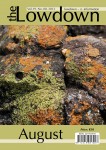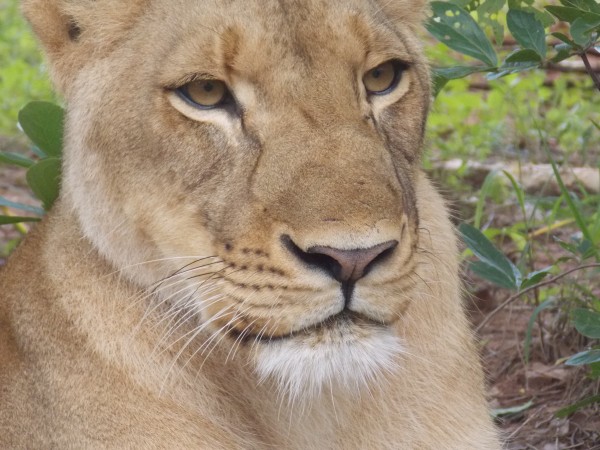 When reading the newspapers, hardly a day goes by when your attention is not drawn to the plight of wildlife somewhere in the world.
When reading the newspapers, hardly a day goes by when your attention is not drawn to the plight of wildlife somewhere in the world.
Granted, this seems to be occurring mostly in Africa and Asia; in other words, the developing world. This statement must however be balanced with the fact that the western world records large numbers of animal species which are now extinct, some having become extinct only in the last few decades. Thus it is not only something which is happening in the developing world which is what it often looks like; the western world too have played their part in the disappearance of certain species.
But what has happened to Europe or America’s wildlife is not really what we are concerned about. Instead we are concerned about what is happening to African wildlife and our country’s national heritage and the benefits that preservation of this wildlife can bring to Zambia especially, and Africa as a whole.
One of the most iconic species of animal, a species which has captured the imagination of the world, is without doubt the lion. Not only is the King of Beasts an important part in the passage to manhood by African boys, but it also adorns the flags, crests and coins of the western world and now, seemingly, the bedrooms of some Asian gentlemen!
It is difficult to establish how large Africa’s lion population was with figures quoted ranging from between 100,000 and 250,000 less than fifty years ago. It is also difficult to establish how large the current population is, as again figures differ. The general consensus seems to be that the African lion population is estimated to have dwindled to around ninety percent of what it was! It is thus fitting that Saturday 10 August 2013 is being recognised as World Lion Day.
The major threat to lion populations is human conflict. The shrinking African grasslands as a result of a change in land use to agriculture, the fragmentation of the remaining suitable habitat including deforestation and the indiscriminate killing in defence of life and livestock has taken a heavy toll on lion populations. Studies indicate that the ecosystem of fifty years ago has shrunk to a quarter of what it was and is said to be almost as severe as the loss of the world’s rainforests. Other threats to lion populations are the depletion of their prey base as a result of illegal poaching. With Africa’s, and indeed Zambia’s, exploding population, this is not likely to change soon.
Trophy hunting and other trade in lions is also a factor in the reduction in lion populations. Hunting of lions is disruptive to the lion’s social system. Trophy hunters select and kill the adult male lions in a pride, thereby disrupting the reproduction of the species. Killing the male leader leaves the rest of the pride vulnerable to attack from outsiders. In addition to this, when a new male takes over the pride, he will kill all the other cubs to establish his dominance.
In the decade from 1999 to 2008, over 500 lions were exported from Zambia, representing nearly one quarter of Zambia’s total lion population. The main exports were hunting trophies with the main importer of these trophies being the USA. A positive development was the recent banning of trophy hunting of large cats, not only by Zambia but also Botswana and Kenya. Bold moves indeed which need to be applauded and with Zambia’s estimated lion population at just over 1,800, not a moment too soon. As they say, a lion can only be shot only once by a trophy hunter, whereas it can be shot a million times by a tourist.
But this is the legal trade. What of the illegal trade?
The world is experiencing an unprecedented increase in illegal wildlife trade, threatening to nullify decades of conservation and development gains. With the growth in both the populations and economies of eastern Asia, the demand for wildlife products, which includes lion bones, has rocketed together with the price for these products. This has in turn resulted in the increased involvement in well-organised criminal syndicates which are suspected of being Asian-run. In addition, some of Africa’s armed rebel groups have started using wildlife products as a way of funding their particular illegal or rebel operations. The value of the illegal trade in wildlife is estimated at US$ 10bn each year. This has resulted in the USA and the UN declaring wildlife trafficking as a security threat rather than something which concerned only little old ladies and a bus load of bunny huggers. The recent announcement in Tanzania of the American initiative against wildlife trafficking is indeed welcomed although we have yet to see how it pans out in practice. This, coupled with the Chinese government’s recent commitment to fight the illegal wildlife trade, means we may have some good news on the horizon.

Leave a Reply
You must be logged in to post a comment.